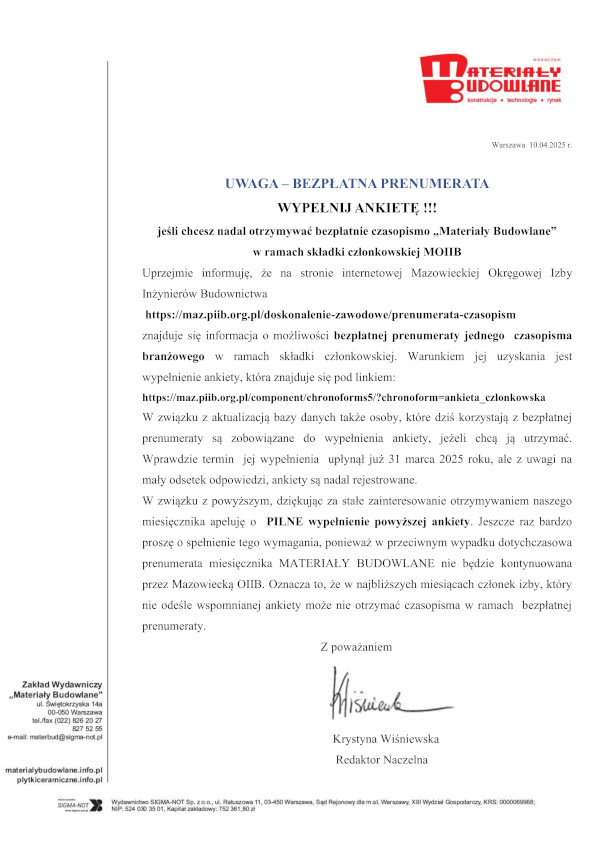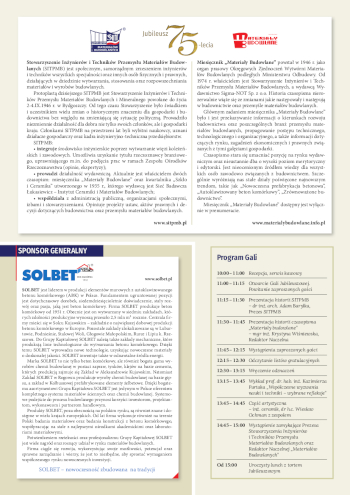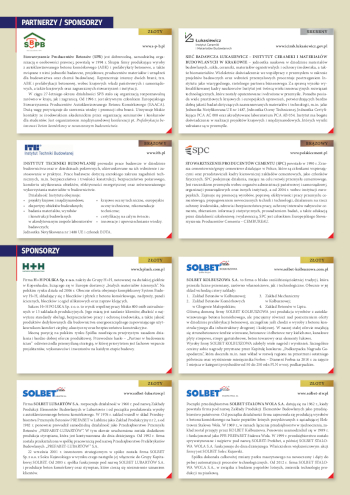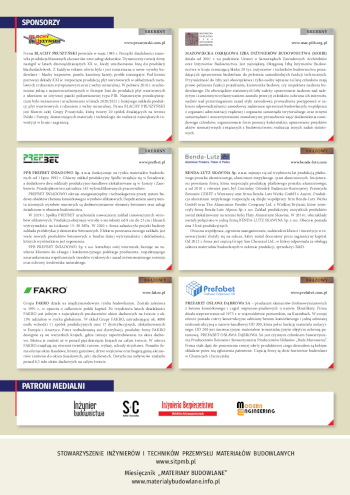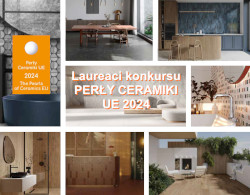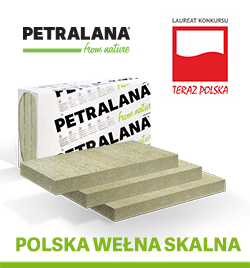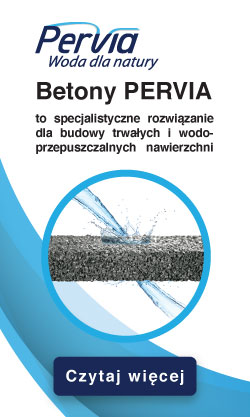Ocena cyklu życia jednorodzinnego budynku mieszkalnego w zależności od zastosowanego materiału konstrukcyjnego
Open Access (Artykuł w pliku PDF)
citation/cytuj: Kaliszuk-Wietecka A., Gondek Z. Life cycle assessment of a single‑family residential building depending on the construction material used. Materiały Budowlane. 2025. Volume 632. Issue 04. Pages 55-62. DOI: 10.15199/33.2025.04.08
Agnieszka Kaliszuk‑Wietecka, PhD, Eng., Warsaw University of Technology
ORCID: 0000-0003-2476-6951
Zuzanna Gondek, Eng., JW_A Sp. z o.o.
Correspondence address: Ten adres pocztowy jest chroniony przed spamowaniem. Aby go zobaczyć, konieczne jest włączenie w przeglądarce obsługi JavaScript.
DOI: 10.15199/33.2025.04.08
Case study / Studium przypadku
Abstract: This article addresses the topic of Life Cycle Assessment (LCA) of buildings. A greater number of buildings are being analysed for their carbon footprint and its reduction, as required by multi‐criteria certification, the EU taxonomy and soon to be a national requirement for all new buildings. The present study analyses the carbon footprint and energy of a single‐family residential building in two construction options, brick and timber frame, over its entire life cycle. The differences in performance in terms of embodied and operational carbon footprint and energy were analysed. This was followed by an assumption of bringing the building to a zero‑energy standard. The findings indicate that a timber‐framed building exhibits a 7% reduced carbon footprint and a 1% reduced energy footprint compared to a masonry building. The difference increases for the zero‑energy standard when the operational footprint is zero, in which case the timber building generates a 25% lower carbon footprint and 15% lower energy.
Keywords: life cycle assessment; LCA; embodied carbon footprint; operational carbon footpritnt
Streszczenie: W artykule poruszono tematykę oceny cyklu życia budynku. Coraz częściej analizuje się budynki pod kątem śladu węglowego oraz jego redukcji, ponieważ wymagają tego certyfikacje wielokryterialne, unijna taksonomia, a od 2026 r. jego obliczenie stanie się krajowym wymaganiem w przypadku wszystkich nowych budynków. Na potrzeby artykułu przeanalizowano ślad węglowy wbudowany i operacyjny oraz energię pierwotną jednorodzinnego budynku mieszkalnego w dwóch wariantach konstrukcji: murowanej i drewnianej szkieletowej, w całym cyklu życia. Kolejnym krokiem analizy było przeprojektowanie budynku do standardu zeroenergetycznego. Wyniki wskazują, że budynek w konstrukcji drewnianej charakteryzuje się o 7% mniejszym całkowitym śladem węglowym i o 1% mniejszą energią pierwotną niż budynek murowany. Różnica ta zwiększa się w przypadku standardu zeroenergetycznego, kiedy ślad operacyjny jest równy zero, wtedy budynek drewniany generuje o 25% mniejszy ślad węglowy i o 15% mniejszą energię pierwotną.
Słowa kluczowe: cykl życia budynków; LCA; wbudowany ślad węglowy; operacyjny ślad węglowy
Literature
[1] https://architecture2030.org/why‑the‑building‑sector/, date of access: 11.03.2025
[2] Directive 2010/31/EU of the European Parliament and of the Council of May 19, 2010 on the energy performance of buildings, 2010
[3] RICS. Energy Performance of Buildings Directive (EPBD): overview. 2024; https://www.rics.org/content/dam/ricsglobal/documents/latest‑news/ RICS‑EPBD‑oveview. pdf
[4] Duan Z, Huang Q, Zhang Q. Life cycle assessment of mass timber construction: A review. Building and Environment. 2022; https://doi.org/10.1016/j. buildenv.2022.109320
[5] Moschetti R, Brattebø H, Sparrevik M. Exploring the pathway from zero‑energy to zero‑emission building solutions: A case study of a Norwegian office building. Energy Build. 2019; https://doi.org/10.1016/j.enbuild. 2019.01.047
[6] Skullestad JL, Bohne RA, Lohne J. (2016). High‑rise timber buildings as a climate change mitigation measure – A comparative LCA of structural system alternatives. Energy Procedia. 2016; https://doi.org/10.1016/j.egypro.2016.09.112
[7] Rinne R, Ilgın HE, Karjalainen M. Comparative study on life‑cycle assessment and carbon footprint of hybrid, concrete and timber apartment buildings in Finland. International journal of environmental research and public health. 2022; https://doi.org/10.3390/ijerph19020774
[8] Komorowski M. Manual for designing and building with STEICO. Basics. Building physics. Installation recommendations, III. Warsaw. 2020
[9] Regulation of the Minister of Infrastructure and Construction of November 14, 2017, amending the regulation on the technical conditions to be met by buildings and their location (DzU z 2017 r., poz. 2285)
[10] EN 1990:2004, Basis of structural and geotechnical design, 2004
[11] Regulation of the Minister of Infrastructure and Development of February 27, 2015, on the methodology for determining the energy performance of a building or part of a building and energy performance certificates, as amended
[12] Adams M, Burrows V, Richardson S, Drinkwater J, Gamboa C, Collin C, Le Den X, Riemann LO, Porteron S, Secher AQ. Bringing embodied carbon upfront. Coordinated action for the building and construction sector to tackle embodied carbon. World Green Building Council. 2019
[13] Andersen CME, Garnow A, Sørensen CG, Wittchen A, Stranddorf LK, Hoxha E, Rasmussen, FN, Birgisdottir, H. Whole Life Carbon Impact of: 45 Timber Buildings. Department of the Built Environment, Aalborg University, København.
Received: 13.12.2024 / Artykuł wpłynął do redakcji: 13.12.2024 r.
Revised: 14.01.2025 / Otrzymano poprawiony po recenzjach: 14.01.2025 r.
Published: 25.04.2025 / Opublikowano: 25.04.2025 r.
Materiały Budowlane 04/2025, strona 55-62 (spis treści >>)


